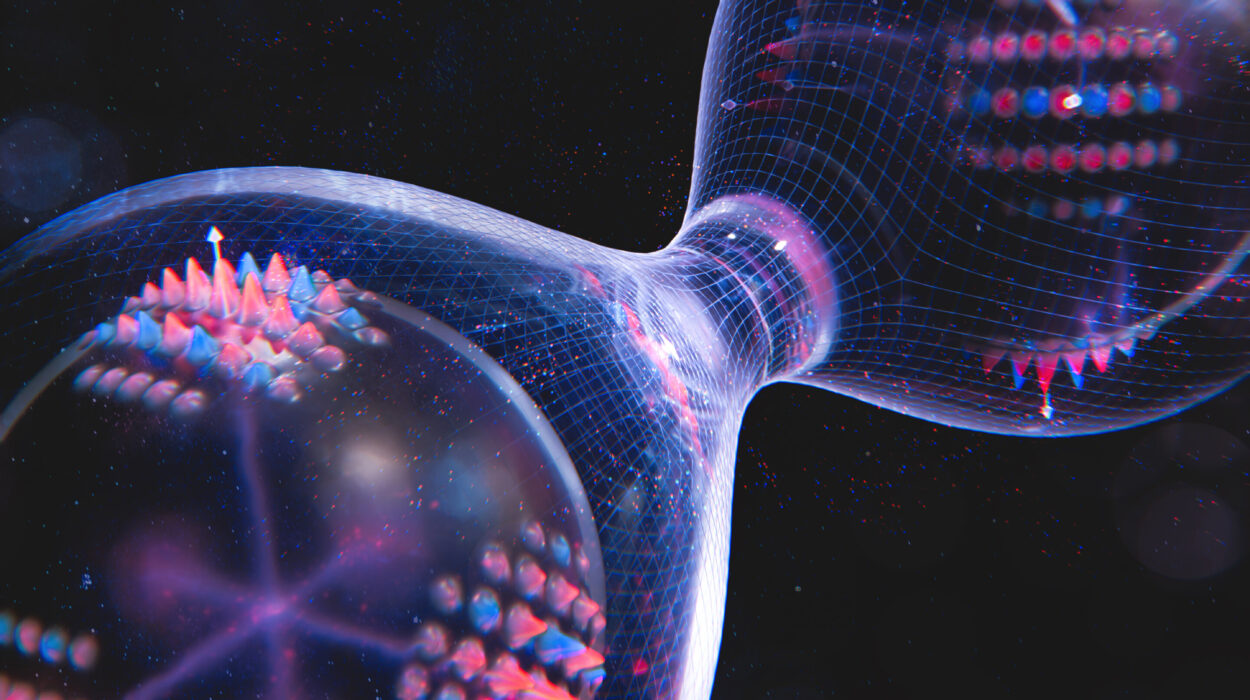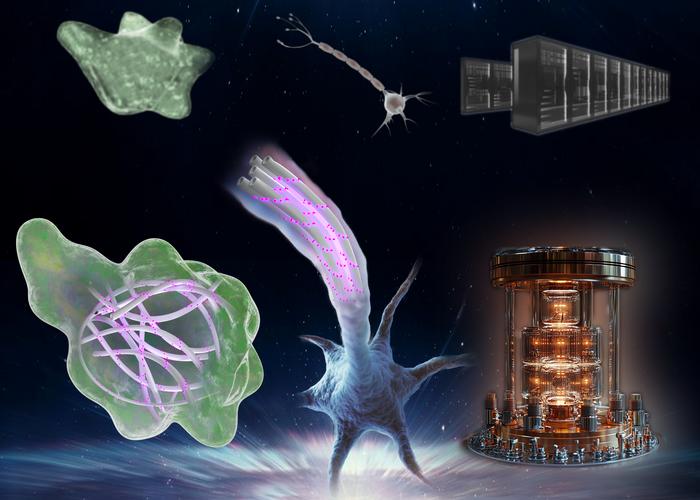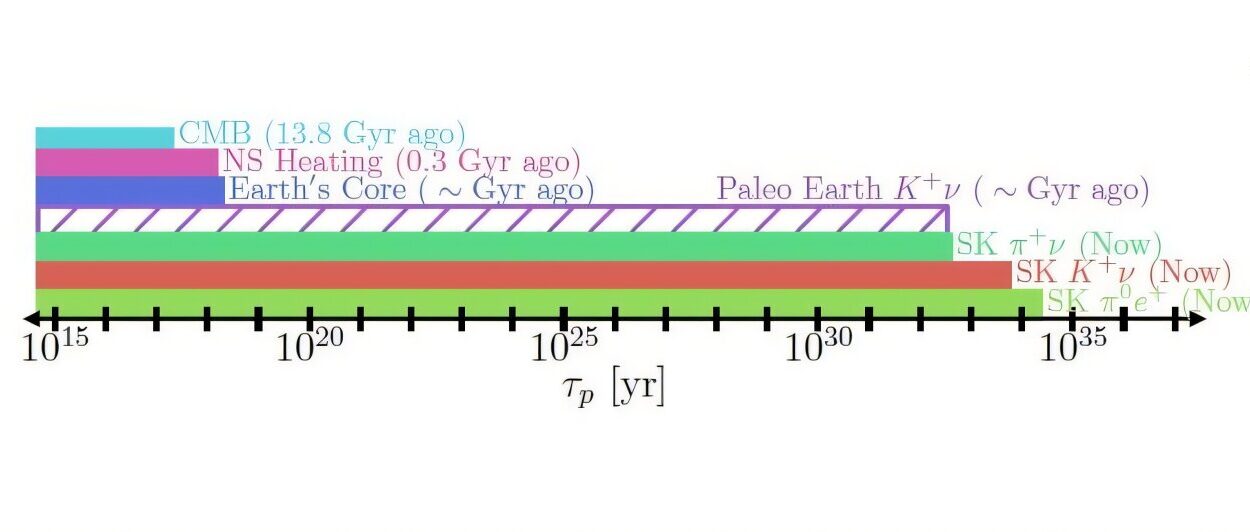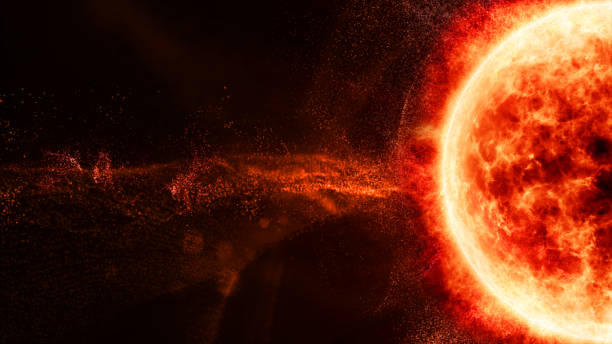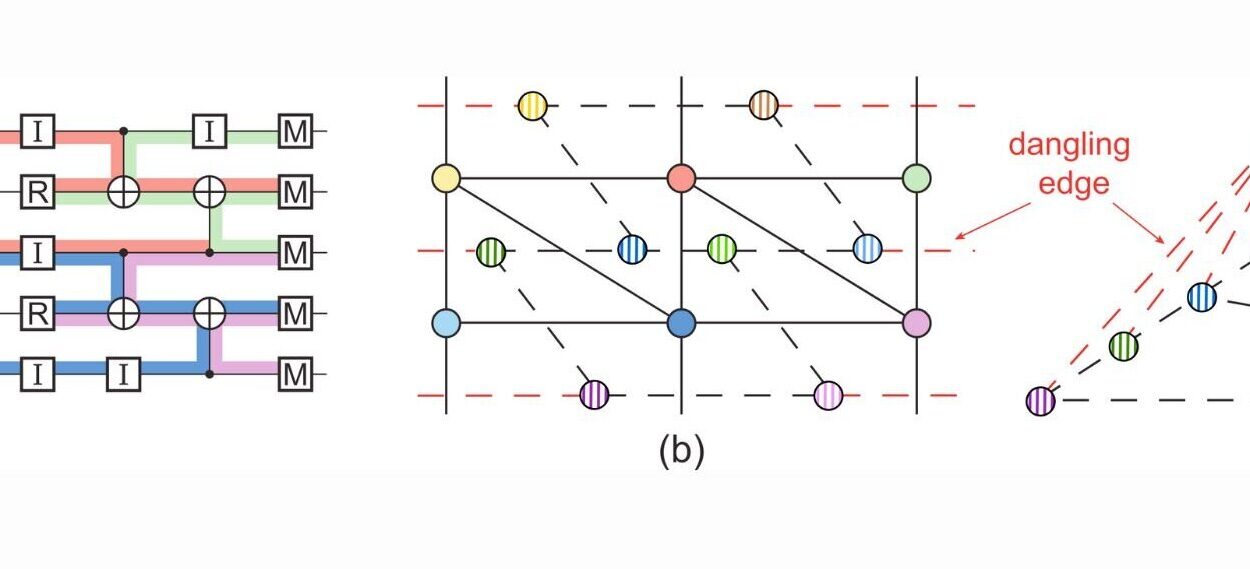Momentum. It’s a word that echoes across sports commentary, rocket science, economics, and everyday conversation. We say a football team has momentum when they’re dominating the second half. We say a spacecraft gathers momentum as it slingshots around a planet. We say a business gains momentum when it rapidly expands. But what does momentum really mean in the world of physics? Beneath the metaphor lies one of the most fundamental and elegant concepts in classical and modern science.
In physics, momentum isn’t just a descriptive term; it’s a measurable quantity, deeply tied to the nature of motion and impact. It’s conserved, transferred, amplified, and manipulated in ways that govern the behavior of everything from a billiard ball to a planet orbiting the sun. Momentum tells a story — a story of movement, energy, resistance, and the unrelenting logic of Newtonian mechanics. This article dives deep into that story, unraveling momentum’s role in motion, collisions, and even the cosmic ballet of celestial objects.
The Core Idea: Momentum as Quantity of Motion
At its most basic, momentum is the product of mass and velocity. Expressed in the formula p = mv, where p is momentum, m is mass, and v is velocity, it tells us how much “oomph” an object has as it moves. The faster something moves, or the more massive it is, the more momentum it carries.
Consider a freight train slowly rolling down the tracks versus a tennis ball flying at 100 miles per hour. The tennis ball is faster, but the train has vastly more mass. If you tried to stop both in an instant, you’d feel a world of difference. That difference is momentum in action.
Momentum isn’t just a number. It’s a vector. That means it has both magnitude and direction. If you’re facing north and a baseball hits you from the south, the ball has momentum directed opposite to your facing direction. This directional property is key in understanding impacts and predicting the aftermath of collisions.
Sir Isaac Newton and the Birth of Momentum
The formal concept of momentum goes back to Isaac Newton, who in the 17th century established the three laws of motion. Newton’s second law, which we often memorize as F = ma (force equals mass times acceleration), can actually be expressed in terms of momentum: F = dp/dt, where dp/dt is the rate of change of momentum.
What this formulation reveals is crucial — force doesn’t just create acceleration; it changes momentum. Push something, and you’re not just altering its speed, you’re rewriting its momentum profile. Newton recognized that an object’s resistance to changes in motion wasn’t just about speed but about this mass-times-velocity characteristic.
Newton’s third law — for every action, there is an equal and opposite reaction — also plays into momentum. In every collision or interaction, momentum is redistributed between the interacting bodies. A cue ball strikes another ball on a pool table, and both move afterward, their momenta rebalanced but never vanishing into thin air.
Conservation of Momentum: The Golden Rule of Collisions
One of the most powerful principles in physics is the conservation of momentum. In a closed system — that is, one where no external forces are acting — the total momentum before an interaction equals the total momentum after. Momentum can shift from one object to another, but it never disappears.
Imagine two ice skaters pushing off one another in the middle of a rink. Neither is connected to anything; they simply glide apart. If they were at rest initially, the momentum they create as they push away from each other must add up to zero, just like before. If one skater is heavier, they will glide away more slowly than the lighter one — yet the total momentum (one positive, one negative) remains unchanged.
This conservation rule lets physicists analyze complex interactions, from billiard balls scattering on a table to atomic nuclei colliding at nearly the speed of light in particle accelerators. In every case, it’s like a cosmic accounting system — momentum is always tracked and balanced.
Elastic and Inelastic Collisions: How Momentum Behaves
When two objects collide, the outcome depends on how much kinetic energy is conserved along with momentum. If both momentum and kinetic energy are preserved, it’s an elastic collision. This is idealized in situations like two billiard balls clacking into one another, where there’s little deformation or generation of heat.
In contrast, an inelastic collision occurs when objects stick together or deform, and some kinetic energy is lost to sound, heat, or internal energy. Picture two cars crashing into each other and crumpling on impact. Momentum is still conserved, but energy is transformed.
There’s also the extreme case — the perfectly inelastic collision — where two objects collide and move together afterward, acting as a single combined mass. This situation reveals the profound nature of momentum: even when the system seems to lose its initial kinetic “energy,” momentum still marches on, unbroken and continuous.
Impulse: The Art of Changing Momentum
If momentum is the product of mass and velocity, then changing momentum involves changing either the velocity or the mass. Since mass often remains constant, changing momentum typically means changing velocity — and that’s where impulse enters the story.
Impulse is the product of force and the time over which it acts. Mathematically, it’s J = FΔt, and it’s equal to the change in momentum: J = Δp. A small force applied over a long time can produce the same change in momentum as a massive force applied briefly.
This is why a karate master can break a brick with a sharp, short strike. It’s not just about strength; it’s about applying a sudden force over a minimal time — generating a huge impulse. Similarly, airbags in cars increase the time over which the stopping force acts, reducing the peak force on passengers and saving lives. It’s impulse control in the most literal sense.
Angular Momentum: Spinning the Concept Further
Momentum isn’t just linear. Objects can rotate, and when they do, they carry angular momentum. Instead of being based on mass and velocity, angular momentum depends on an object’s moment of inertia (its resistance to rotational change) and its angular velocity. The formula L = Iω captures this relationship.
Angular momentum follows its own conservation law. A classic example is a figure skater spinning with arms outstretched. When the skater pulls their arms in, they reduce their moment of inertia — and to conserve angular momentum, their angular velocity increases. They spin faster without any external force, showcasing the magical-seeming effects of conservation in rotation.
This principle is also at play in planetary orbits, the spin of stars, and the control mechanisms of satellites. It even explains why a spinning bicycle wheel resists being tipped over — gyroscopic stability stems from angular momentum at work.
Momentum on the Grandest Scales: Rockets and Planets
Momentum is not confined to terrestrial settings. It governs the dynamics of rockets, moons, and galaxies. In space, Newton’s third law and conservation of momentum explain rocket propulsion. A rocket expels gas particles backward at high velocity. These particles carry momentum away from the rocket, which gains forward momentum in return. There’s no need for something to “push against” — the momentum exchange alone is sufficient.
In planetary systems, the orbits of moons and planets follow paths determined by gravitational forces, but their motion continues because of their conserved momentum. Astronauts use momentum in docking maneuvers and course adjustments, carefully managing each thruster’s impulse to alter trajectories.
Even binary stars and black holes locked in gravitational dance transfer momentum via gravitational waves — ripples in spacetime itself. When these massive bodies collide, the momentum released can jolt the resulting black hole across space, like a cosmic cannonball.
Momentum in the Quantum World
As physics entered the quantum age, momentum took on even stranger dimensions. In quantum mechanics, momentum is not just a measurable property — it’s an operator, a mathematical construct that defines how wave functions behave. Momentum and position are intimately linked through Heisenberg’s uncertainty principle: the more precisely we know an object’s momentum, the less we can know about its position, and vice versa.
Photons, the particles of light, have momentum despite having no mass. This photon momentum enables phenomena like solar sails, which harness sunlight to propel spacecraft. Lasers can even use photon momentum to trap and move tiny particles in optical tweezers, enabling high-precision experiments in biology and materials science.
In particle physics, momentum conservation is a critical tool for discovering new particles. In collider experiments, scientists analyze the missing momentum in reactions to infer the presence of neutrinos or other invisible entities. Every anomaly in momentum is a potential clue to deeper laws of nature.
Philosophical Reflections on Momentum
Momentum isn’t just a physics term — it’s a metaphor for continuity, resistance to change, and the invisible undercurrents of motion. It reminds us that motion isn’t random; it carries memory, inertia, and consequence. Every action ripples forward, affecting future trajectories.
In this way, momentum is a physical embodiment of cause and effect. It captures the idea that once something is set into motion — be it a baseball, a rocket, or a social movement — it tends to continue unless acted upon. That principle mirrors not just physical truth but psychological and historical insight. The laws that guide a planet around a star are the same laws that govern a skateboarder’s jump and a bullet’s flight. There’s a unifying elegance to it all.
The Ongoing Journey: Why Momentum Matters
Understanding momentum opens doors to practical application and conceptual clarity. Engineers use momentum to design safer vehicles, more efficient engines, and resilient structures. Athletes train to manipulate their body’s momentum for peak performance. Scientists rely on it to decode the universe, from the birth of galaxies to the dance of quarks.
But beyond equations and applications, momentum represents a fundamental symmetry in the laws of physics. Thanks to Noether’s theorem — a profound result in theoretical physics — we know that the conservation of momentum is tied to the homogeneity of space. That is, because the laws of physics don’t change depending on where you are in space, momentum is conserved. This deep symmetry reveals how conservation laws aren’t arbitrary — they’re reflections of how nature is structured.
Final Thoughts: The Legacy of a Simple Idea
From the earliest collisions of particles in the infant universe to the motion of your morning coffee as it swirls in the cup, momentum is at work. It is motion’s ledger, keeping accounts across time and space. It doesn’t vanish, even when objects break apart or fuse together. It transfers, redirects, transforms — but always remains constant in a closed system.
To understand momentum is to glimpse a layer of reality that is both elegantly simple and richly profound. It’s a bridge between Newton’s apple and Einstein’s cosmos, between playgrounds and particle colliders. And in its resilience — in the way it underlies every impact, every orbit, every spin — it reminds us of the deep order in a seemingly chaotic universe.
Momentum is not just about movement. It’s about memory — the memory of how things were set into motion and the relentless logic by which they continue. In a universe governed by patterns, forces, and symmetry, momentum is one of the purest expressions of physical truth. It’s not just the story of how things move — it’s the story of how they persist, evolve, and shape the world around them.

